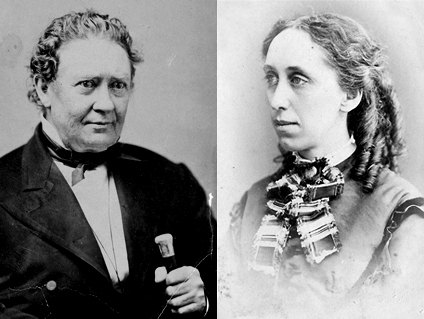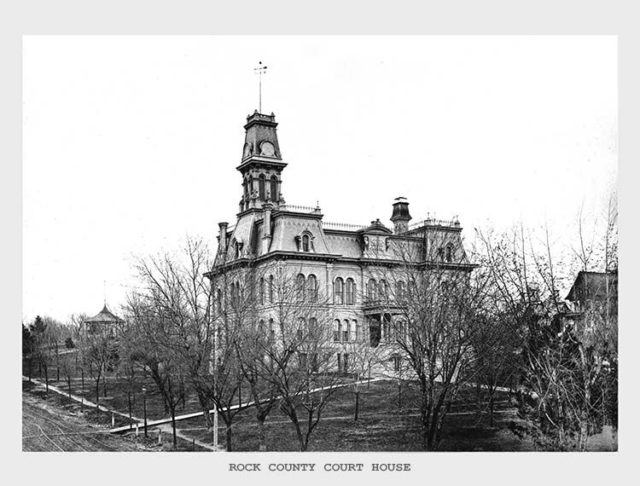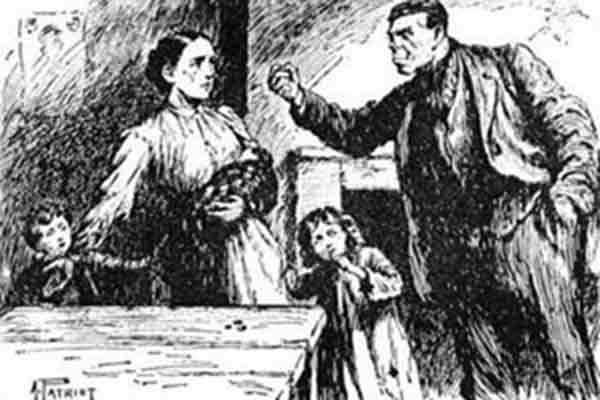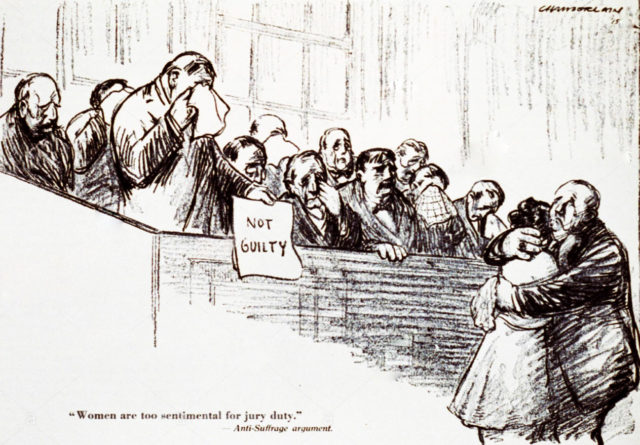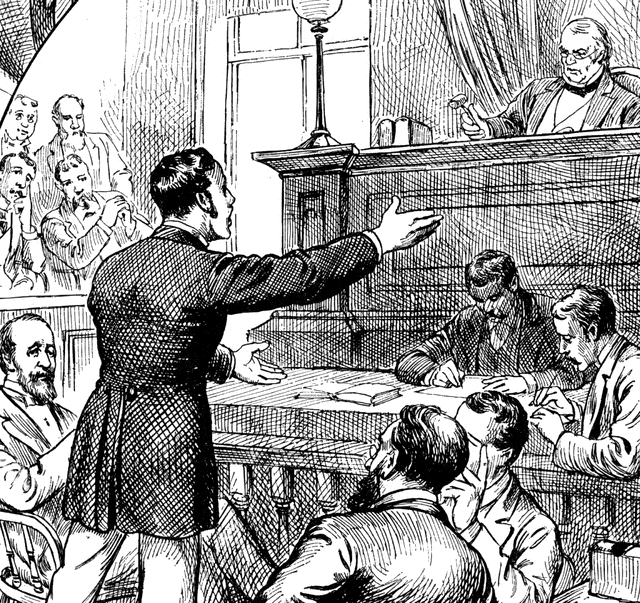An epic divorce battle: Wife said husband tried to poison her; husband accused wife of throwing swill on him
In late June of 1875, Lavinia Goodell was visited by a prospective new client. Elizabeth Leavenworth had started a divorce action against her husband, Ira, but was unhappy with her present lawyer and wanted Lavinia to take over the case. This was probably Lavinia’s most hard fought legal battle. The Rock County circuit court’s file in the Leavenworth divorce is one of the handful of Lavinia’s cases to have survived, so we not only have Lavinia’s diary entries and letters recounting her work on the case; we have the entire official court record.
Divorces were hard to come by in the 1800s. The petitioning party had to convince the court that grounds existed to dissolve the matrimonial bonds. The Rock County circuit court judge, Harmon Conger, looked for reasons not to grant a divorce, so Lavinia knew Mrs. Leavenworth faced an uphill battle. Still, Lavinia found Mrs. L’s case compelling.
Continue reading →
